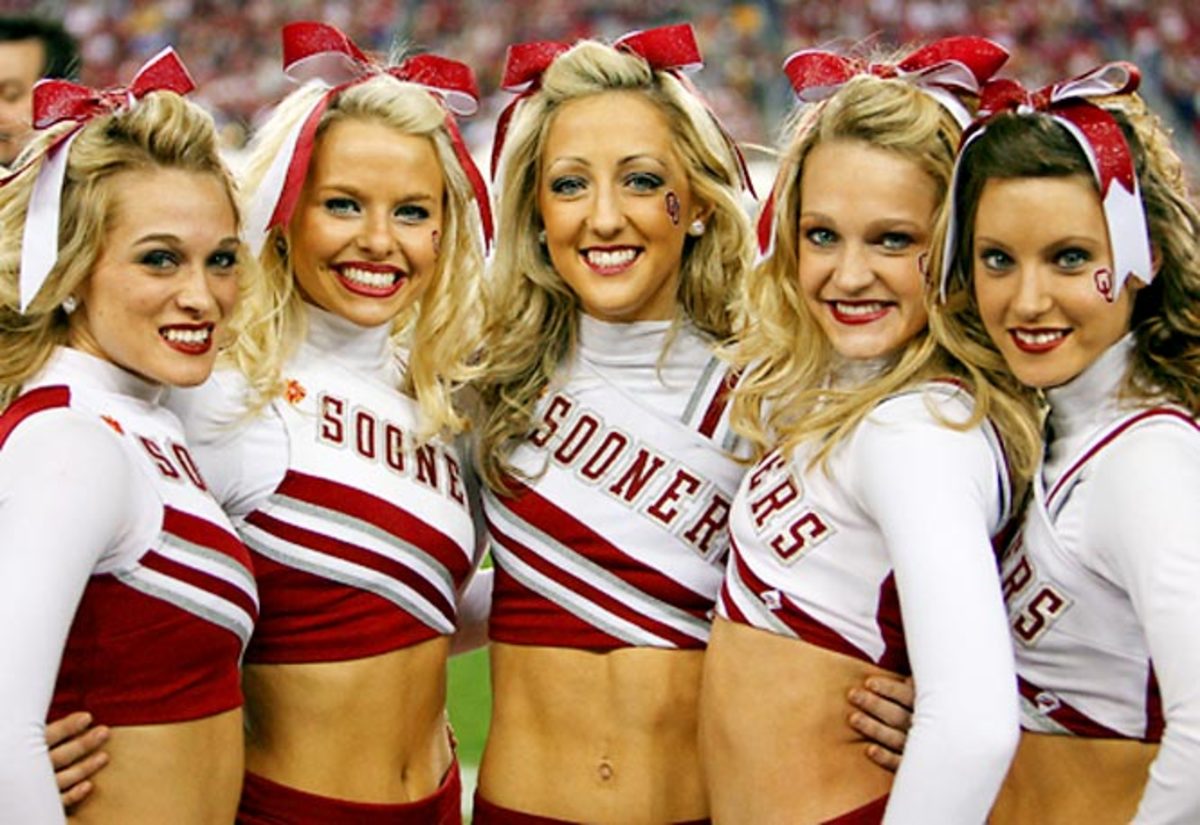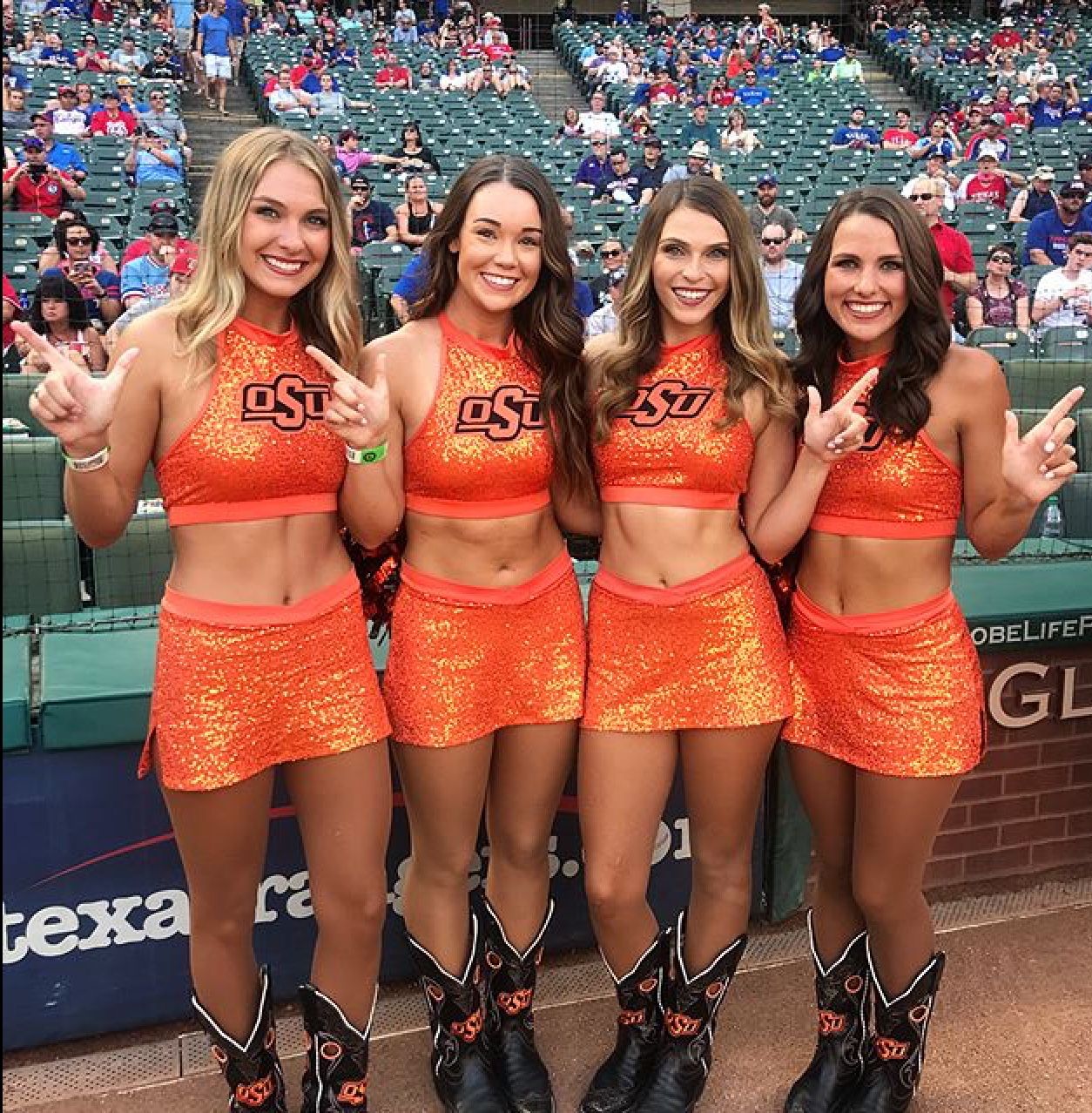 Selecting the right college is a crucial decision that can shape your academic journey and future career. One of the most significant factors to consider when choosing a college is the alignment between the institution’s strengths and your intended major. Different colleges have varying strengths, resources, and opportunities that cater to specific fields of study. Here’s a guide to help you choose the right college based on your major, with specific examples and insights.
Selecting the right college is a crucial decision that can shape your academic journey and future career. One of the most significant factors to consider when choosing a college is the alignment between the institution’s strengths and your intended major. Different colleges have varying strengths, resources, and opportunities that cater to specific fields of study. Here’s a guide to help you choose the right college based on your major, with specific examples and insights.
Understanding Your Major and Its Requirements
Before diving into college options, it’s essential to have a clear understanding of your major and what it entails. Research the curriculum, required courses, potential career paths, and any specialized facilities or resources that can enhance your learning experience. This foundational knowledge will help you identify which colleges offer the best programs and opportunities for your chosen field.
Research Colleges with Strong Programs in Your Major
1. Business Majors:
For students pursuing a career in business, it’s essential to choose a college that offers comprehensive business programs, networking opportunities, and strong ties to the industry.
Example: The Wharton School at the University of Pennsylvania is renowned for its undergraduate business program, providing students with a rigorous curriculum, access to leading faculty, and extensive resources. Additionally, New York University’s Stern School of Business offers prime opportunities given its location in the heart of the financial capital of the world.
2. Medical Majors:
Aspiring doctors and medical professionals should seek out colleges with strong pre-med programs, research opportunities, and affiliations with top medical schools.
Example: Johns Hopkins University is highly respected for its pre-med program and research facilities, offering students unparalleled opportunities to engage in medical research and clinical experiences. Stanford University also boasts a robust pre-med program with extensive research and clinical exposure, making it an excellent choice for medical majors.
3. Law Majors:
Students aiming for a career in law should consider colleges with strong pre-law programs, opportunities for internships, and a track record of successful law school placements.
Example: Georgetown University in Washington, D.C., offers an excellent pre-law program, leveraging its location to provide students with unique internship opportunities at government agencies, non-profits, and law firms. Additionally, the University of Chicago is known for its rigorous academic environment and strong support for students pursuing law careers, with many graduates going on to attend top law schools.
4. STEM Majors:
For students interested in science, technology, engineering, and mathematics (STEM), it’s crucial to choose a college that offers robust programs and state-of-the-art facilities. The best colleges for STEM majors often provide extensive research opportunities, advanced laboratories, and connections to industries and internships.
Example: Massachusetts Institute of Technology (MIT) is renowned for its STEM programs, offering cutting-edge research opportunities and a collaborative environment that fosters innovation. Similarly, Stanford University provides excellent resources and has a strong reputation in engineering and computer science.
5. Arts Majors:
If you are passionate about the arts, attending a college with a strong arts program is essential. The best art schools offer specialized programs, experienced faculty, and opportunities for creative expression and professional development.
Example: The Rhode Island School of Design (RISD) is one of the top art schools in the country, known for its rigorous programs and vibrant artistic community. Another notable institution is the School of the Art Institute of Chicago (SAIC), which offers a diverse range of art and design programs.
6. Marine Biology Majors:
Marine biology is a specialized field that requires access to marine environments and research facilities. The best marine biology schools provide unique opportunities for hands-on learning and fieldwork.
Example: The University of Miami offers a top-notch marine biology program with access to the Rosenstiel School of Marine and Atmospheric Science. Another excellent choice is the University of California, Santa Barbara, which boasts a strong marine biology program and proximity to diverse marine ecosystems.

Colorado State in Fort Collins, Colorado, has over 26,000 undergraduates.
Consider the Size and Location of the College
Large Universities:
Large universities often offer a wide range of programs and resources, making them a good choice for students who want flexibility in their studies. The biggest colleges and universities in the US provide diverse academic offerings, extensive extracurricular activities, and numerous research opportunities.
Example: Ohio State University is one of the largest universities in the U.S., offering a vast array of programs and resources. Its size and diversity make it an excellent choice for students seeking a comprehensive college experience.
Small Colleges:
Smaller colleges can offer a more intimate and personalized education experience. These institutions often emphasize close-knit communities and individualized attention from faculty.
Example: Williams College is a small liberal arts college known for its strong academics and supportive community. Its small size allows for close interaction between students and professors, fostering a collaborative learning environment.
Evaluate the College’s Alumni Network and Career Services
The strength of a college’s alumni network and career services can significantly impact your career prospects after graduation. Research colleges with notable alumni in your field and robust career support services.
Notable Alumni:
Colleges with famous alumni can provide inspiration and networking opportunities. For instance, Harvard University boasts an impressive list of famous Harvard alumni who have made significant contributions in various fields.
Example: Harvard alumni include influential figures like former President Barack Obama, Facebook COO Sheryl Sandberg, and Nobel laureate Malala Yousafzai. Attending a college with such a prestigious network can open doors to numerous opportunities.
Career Services:
Effective career services can help you secure internships, jobs, and other professional opportunities. Look for colleges that offer comprehensive career support, including resume workshops, interview preparation, and job placement assistance.
Assess the College’s Campus Culture and Resources
Campus Culture:
The campus culture can significantly affect your college experience. Consider factors such as diversity, student organizations, and the overall atmosphere of the campus.
Example: The University of California, Berkeley, is known for its vibrant campus culture and active student body. With numerous clubs, organizations, and events, students can find their niche and build a supportive community.
Academic Resources:
Access to academic resources such as libraries, research centers, and technology is crucial for your success. Ensure that the college you choose offers the resources you need to excel in your studies.
Example: The University of Michigan provides extensive academic resources, including one of the largest research libraries in the country and numerous specialized research centers.
Consider Financial Factors
Tuition and Financial Aid:
The cost of college is a significant factor to consider. Research tuition fees and available financial aid options, including scholarships, grants, and work-study programs.
Example: Princeton University offers a generous financial aid program that meets 100% of demonstrated financial need without loans, making it an attractive option for students concerned about affordability.
Return on Investment:
Evaluate the potential return on investment (ROI) of your college education by considering factors such as job placement rates, average starting salaries, and long-term career prospects.
Example: The California Institute of Technology (Caltech) has a high ROI for its graduates, particularly in STEM fields, where alumni often secure high-paying positions in top industries.
Make an Informed Decision
Choosing the right college based on your major requires thorough research and careful consideration. By evaluating the academic programs, campus culture, financial factors, and career support services, you can make an informed decision that aligns with your academic and career goals. Remember, the best college for you is one that not only offers a strong program in your major but also provides an environment where you can thrive and grow.
 The healthcare field is a vast and ever-evolving landscape, offering a multitude of career paths to suit diverse interests and skill sets. Many favor prominent nursing, medicine, and pharmacy roles, but numerous lesser-known healthcare careers promise unique rewards and growth. These hidden paths offer fulfilling alternatives and hold substantial personal and professional development potential.
The healthcare field is a vast and ever-evolving landscape, offering a multitude of career paths to suit diverse interests and skill sets. Many favor prominent nursing, medicine, and pharmacy roles, but numerous lesser-known healthcare careers promise unique rewards and growth. These hidden paths offer fulfilling alternatives and hold substantial personal and professional development potential. Today’s reader question comes from Darren in Washington, DC:
Today’s reader question comes from Darren in Washington, DC:

 For new high school graduates, choosing a college major can be a challenge. Bombarded with recommendations from parents, friends, and teachers, it can feel truly overwhelming.
For new high school graduates, choosing a college major can be a challenge. Bombarded with recommendations from parents, friends, and teachers, it can feel truly overwhelming.
 Career mapping is a crucial process for high school students, as it allows them to gain clarity on their interests, skills, and aspirations and align them with suitable career paths. It can help students explore different career options, set achievable goals, and take steps toward achieving them.
Career mapping is a crucial process for high school students, as it allows them to gain clarity on their interests, skills, and aspirations and align them with suitable career paths. It can help students explore different career options, set achievable goals, and take steps toward achieving them.  Health and fitness are broad fields encompassing a variety of roles, jobs, and specialties. As an exercise science major, you build a vast but flexible foundation that can be tailored to suit secondary interests. This major provides a solid foundation for helping children and adults form healthy mindsets toward food and fitness.
Health and fitness are broad fields encompassing a variety of roles, jobs, and specialties. As an exercise science major, you build a vast but flexible foundation that can be tailored to suit secondary interests. This major provides a solid foundation for helping children and adults form healthy mindsets toward food and fitness. What Can I Do with an Exercise Science Degree?
What Can I Do with an Exercise Science Degree?
 If you know what you want to study in college and want to earn a high quality undergraduate degree without having to take courses you aren’t interested in, it makes a lot of sense head over to merry old England ASAP! Find out the two reasons I am so keen on Americans (and any other students for that matter) earning their degree in England!
If you know what you want to study in college and want to earn a high quality undergraduate degree without having to take courses you aren’t interested in, it makes a lot of sense head over to merry old England ASAP! Find out the two reasons I am so keen on Americans (and any other students for that matter) earning their degree in England! Calls for improving the way students apply for financial aid have been flooding the college admissions world, thanks to two articles by college admissions writer/guru Eric Hoover. The first article goes into painful detail of the painful process (yes, it deserves two painfuls) many students experience
Calls for improving the way students apply for financial aid have been flooding the college admissions world, thanks to two articles by college admissions writer/guru Eric Hoover. The first article goes into painful detail of the painful process (yes, it deserves two painfuls) many students experience 